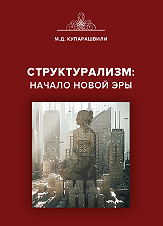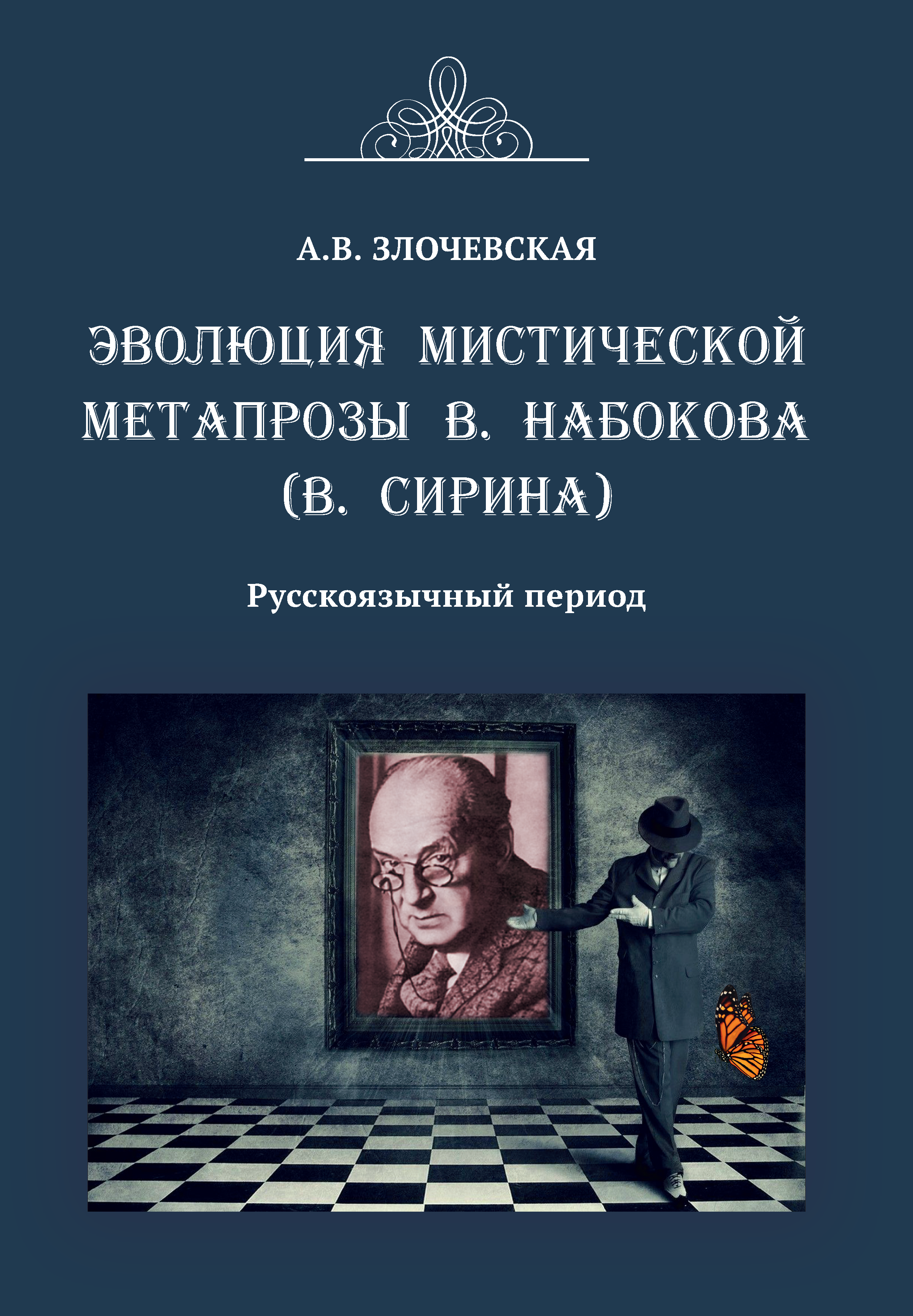V.N. Kurovsky is doct. in Pedagogy, prof. at Institute of Development of Educational Systems of RAO E-mail: sibinedu@tspu.edu.ru
N.V. Demyanenko E-mail: dnv@tpu.ru and Ya.V. Ermakova E-mail: eyv@tpu.ru
are both senior lecturers at National Research Tomsk Polytechnic University
Performed is comparison of traditional and combined education at high school. Examined are both advantages and disadvantages of traditional form of learning. Identified are opinions of Russian and foreign authors as to definition of the notion of “combined education”. Shown are drawbacks of traditional class-room based system of training. Conclusion is made, that the named drawbacks could be eliminated when using technology of combined education. On the basis of analysis of pedagogical literature, examined are both the notion and models of combined education. During the authors’ research, experiment with students of technical profile by training in foreign language was conducted. Results of the named experiment revealed are advantages of combined education, demonstrating it’s effectiveness. In future, it is planned to introduce also other models of combined education in order to optimize and raise of effectiveness o the process of training in foreign language of students of engineering profile.
Key words: traditional education, combined education, models of combined education.
References
1. Zimnyaya, I.A. Pedagogical psychology. — M., 2000.
2. Demyanenko, N.V., Ermakova, Ya.V. Activization of independent work of students of engineering profile in frames of competence approaches to training in professional foreign language // Bulletin of Siberian science. — 2012. — No. 3 (4). — P. 269–278.
3. Sitarov, V.A. Theory & training. Theory & practice. — M., 2014.
4. [URL]: http://www.thefreelibrary.com/Interactive
5. Curtis, J. Bonk, Charles, R., Graham, C.R. The Handbook of Blended Learning: Global Perspectives // Local Designs. — 2006, March.
6. [URL]: http://www.learningcircuits.org/2002/aug2002/valiathan.html
7. Clark, D. Blended Learning / CEO Epic Group. — 2003. — P. 23.
8. Kurovsky, V.N. Professional training of pedagogue psychologists on the base of distant educational technologies in pedagogical high school // Bulletin of Tomsk state pedagogical university. — 2009. — No. 11.
9. Fomina, A.S. Mixed education in electronic spread university. — Scientific reports. — 2011. — No. 34. — P. 82–88.
10. Bondarev, M.G. Model of combined training in foreign language for special purposes in electronic educational environment of technical high school // Izvestia YuFU: Ser. Technical sciences. — 2012. — No. 10 (135). — P. 41–48.
11. [URL]: http://www.christenseninstitute.org/wpcontent/uploads/2013/04/Classifyin...
12. Matukhin, D.L. Lingua-didactics peculiarity of combined form of training in professional foreign language of students of engineering specialties / Leveled training of specialists: electronic education & open educational resources. — M., 2014. — P. 158–160.


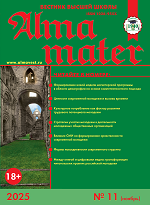
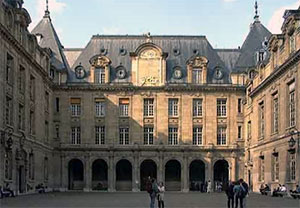
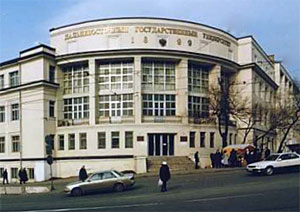
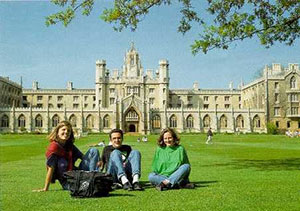
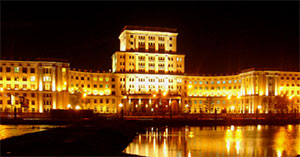
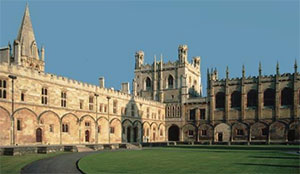
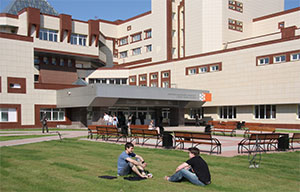


.png)
